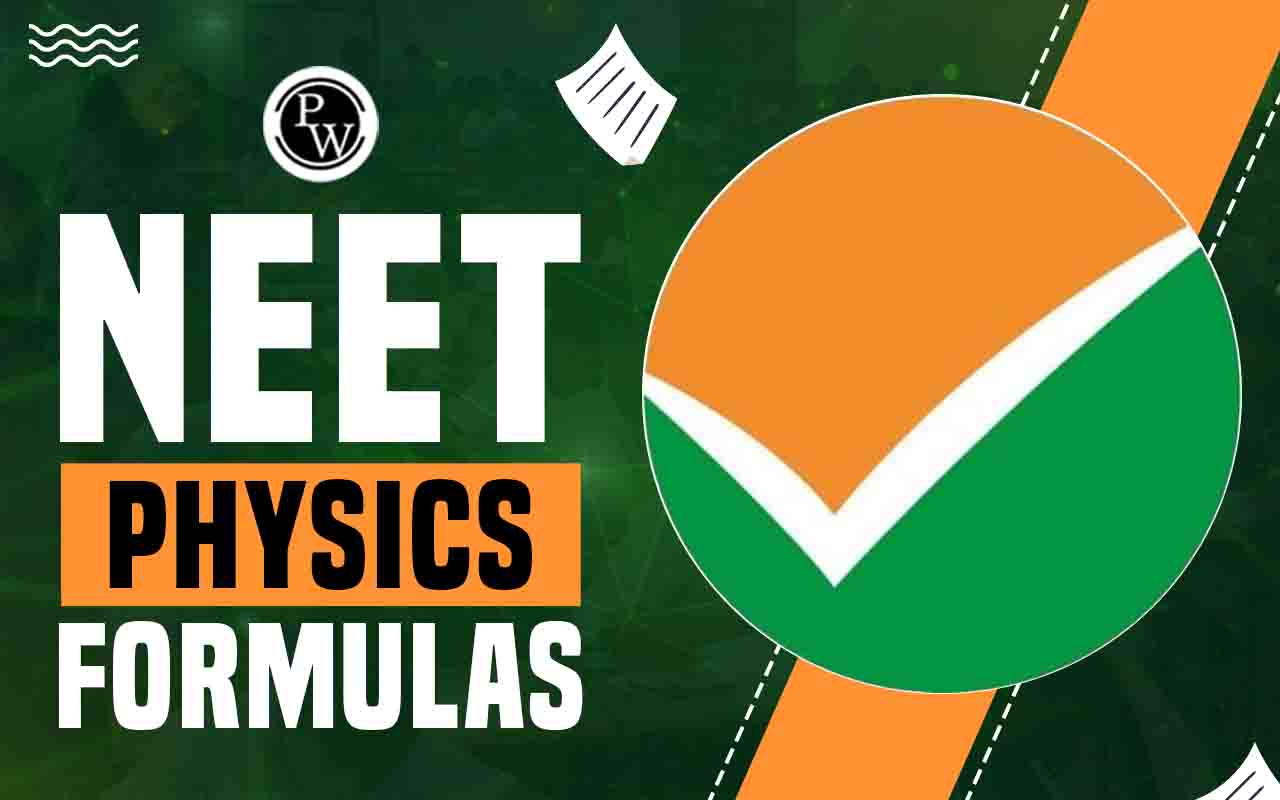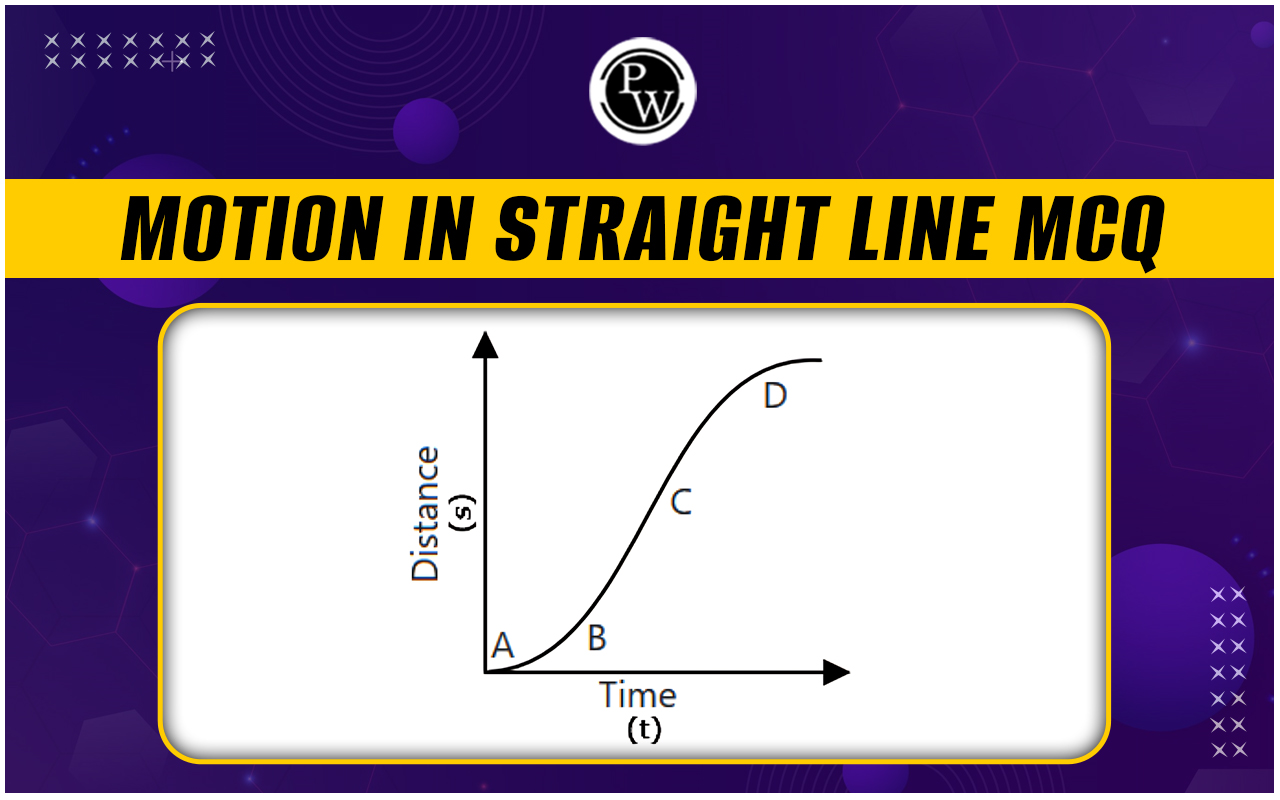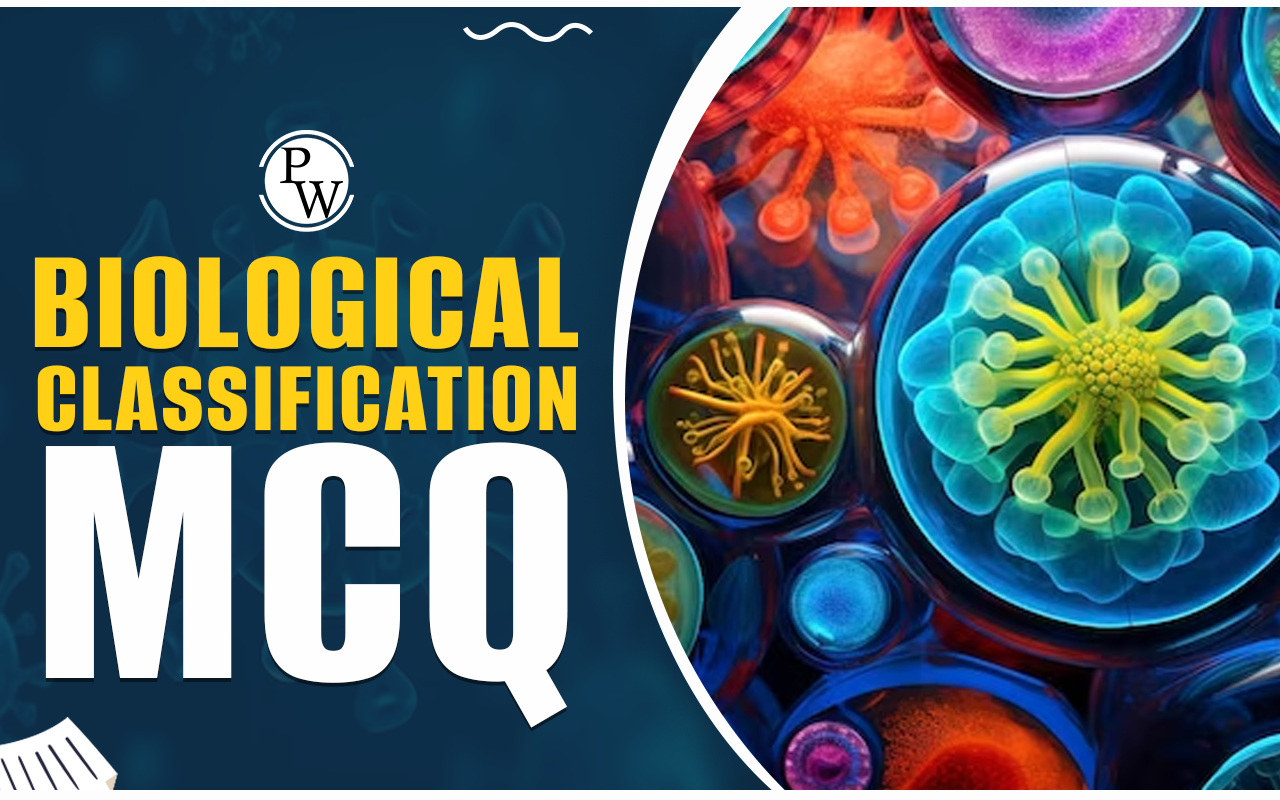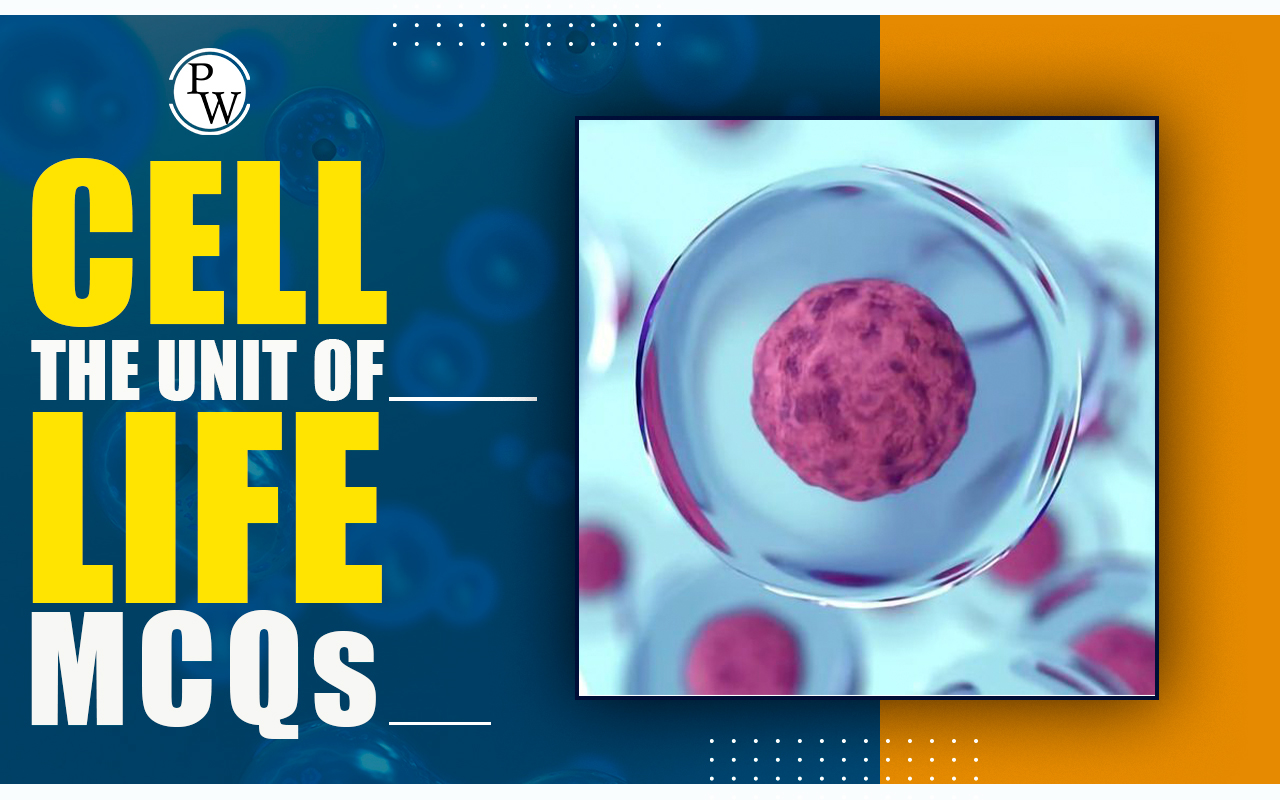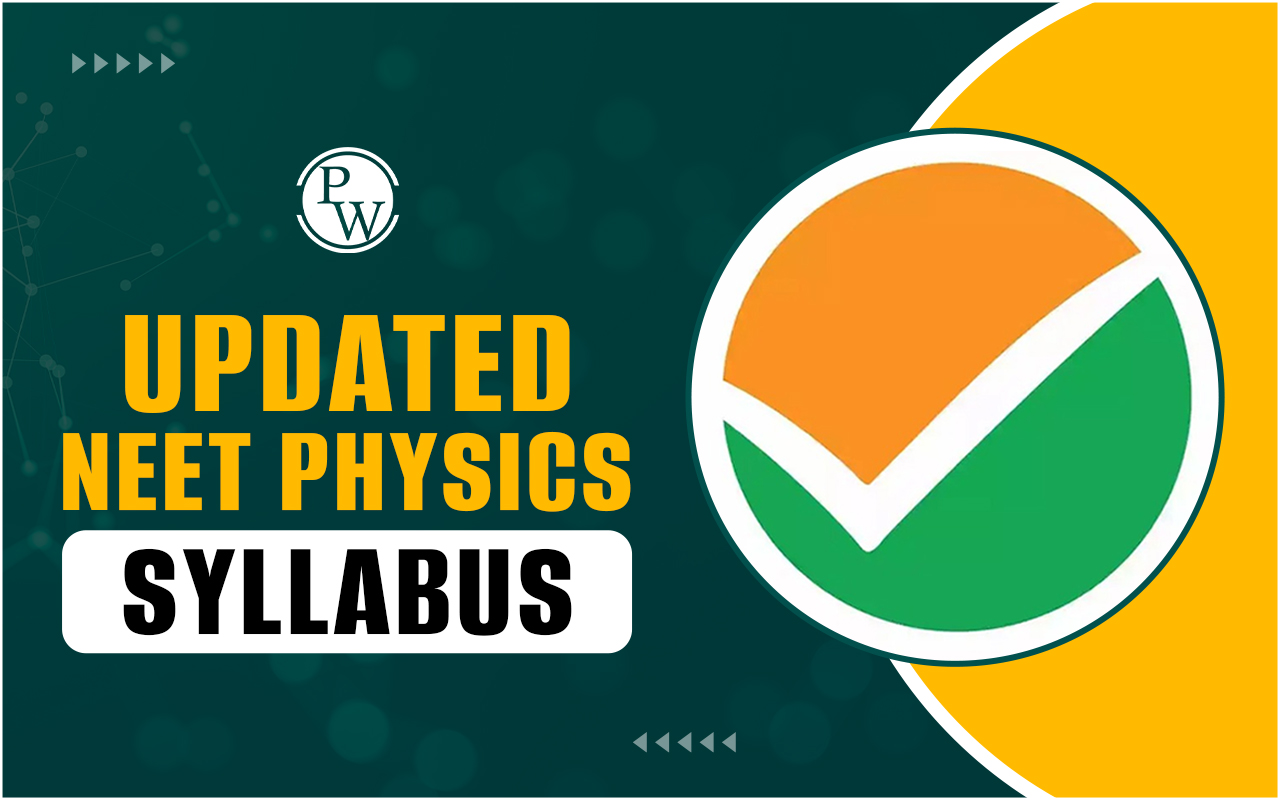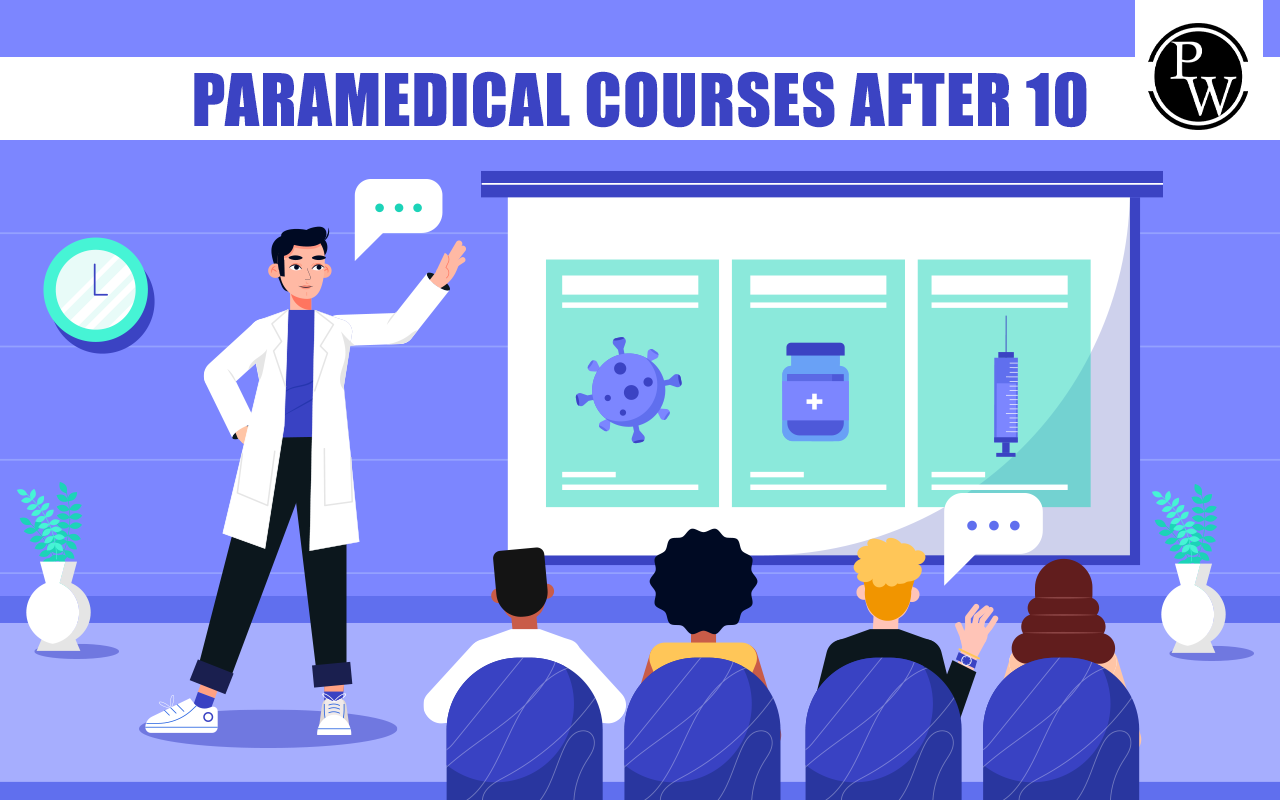
Structure of Atom Important Questions for NEET 2025: The structure of Atom chapter is part of the Class 11 Chemistry syllabus. It covers the basic ideas about atoms, subatomic particles, atomic models, quantum mechanics, and atomic spectra. Questions from this chapter in NEET are usually conceptual and application-based. Practicing questions from this chapter helps students build a strong foundation in atomic theory, understand the working of atomic models and subatomic particles, solve numerical problems involving atomic spectra, energy levels, and quantum numbers, and develop confidence and accuracy for NEET 2025 .
Also Check:
Structure of Atom Important Questions for NEET 2025 Overview
Structure of Atom is one of the most fundamental chapters in Chemistry. It explains the basic building blocks of matter, making it an essential topic for NEET 2025. For NEET aspirants, this chapter is particularly important because many conceptual and numerical questions are framed from it.
What is Structure of Atom?
The Structure of Atom is the study of the smallest unit of matter. An atom consists of three main subatomic particles:
- Protons : Positively charged particles located in the nucleus.
- Neutrons : Neutral particles also present in the nucleus.
- Electrons: Negatively charged particles that revolve around the nucleus in specific paths or orbits.
Key concepts in this chapter include Atomic Models (Dalton’s Atomic Theory, Thomson’s Plum Pudding Model, Rutherford’s Model, and Bohr’s Model), the Quantum Mechanical Model (Schrödinger’s equation and atomic orbitals), Quantum Numbers (Principal, Azimuthal, Magnetic, and Spin quantum numbers), and Electromagnetic Radiation and Spectra (explanation of the hydrogen spectrum by Bohr’s theory). Mastering these concepts is crucial for tackling NEET questions effectively.
NEET Study Material, Free Sample Papers, Book, Toppers Notes, PYQs
Practice Questions of Structure of Atom for NEET
Here are some examples of important practice questions from the Structure of Atom chapter:Q1 A species having only one electron has ionization energy of 11808 kJ mol⁻¹. The number of protons in its nucleus will be:
- 1
- 2
- 3
- 4
Q2 In an atom having 2 K, 8 L, 8 M, and 2 N electrons, the number of electrons with m = 0; s = +½ are:
- 6
- 2
- 8
- 16
Q3 If the kinetic energy of an electron is increased 4 times, the wavelength of the de-Broglie wave associated with it would become:
- 4 times
- 2 times
- ½ times
- ¼ times
Q4 The nuclear radius is of the order of 10⁻¹³ cm, while the atomic radius is of the order 10⁻⁸ cm. Assuming the nucleus and the atom to be spherical, the fraction of the atomic volume occupied by the nucleus is:
- 10⁻¹⁵
- 10⁻¹⁰
- 10⁻¹⁴
- 10⁻¹³
Q5 The ionization energy of H atom is 13.6 eV. The ionization energy of Li²⁺ ion will be:
- 54.4 eV
- 40.8 eV
- 27.2 eV
- 122.4 eV
Q6 Radio frequency. The wavelength corresponding to this radio frequency is:
- 0.75 m
- 1.5 m
- 0.75 cm
- 2 cm
Q7 In Bohr series of lines of hydrogen spectrum, the third line from the red end corresponds to which one of the following inner-orbit jumps of the electron for Bohr orbits in an atom of hydrogen?
- 3 → 2
- 5 → 2
- 4 → 1
- 2 → 5
Q8 3pᵧ orbital has nodal plane:
- XY
- YZ
- ZX
- All of these
Q9 The ratio of the difference in energy between the first and the second Bohr orbit to that between the second and the third Bohr orbit is:
- ½
- 34/27
- 102/121
- 19/5
Q10 The first emission line in the H-atom spectrum in the Balmer series will have wave number: (A) 5R/36 cm⁻¹ (B) (other incomplete options here)Q11 The maximum number of electrons in a subshell for which l = 3 is;
- 14
- 10
- 8
- 4
Q12 The electrons, identi?ed by quantum numbers n and l, (i) n = 4, l = 1 (ii) n = 4, l = 0 (iii) n = 3, l = 2 (iv) n = 3, l = 1 can be placed in order of increasing energy, from the lowest to highest, as;
- (iv) < (ii) < (iii) < (i)
- (ii) < (iv) < (i) < (iii)
- (i) < (iii) < (ii) < (iv)
- (iii) < (i) < (iv) < (ii)
Q13 The Bohr orbit radius for the hydrogen atom (n = 1) is approximately 0. 530 A The radius for the ?First excited state (n = 2) orbit is ( in A );
- 0.13
- 1.06
- 4.77
- 2.12
Q15 The atomic numbers of elements X,Y Z and are 19, 21 and 25 respectively. The number of electrons present in the -shell of these elements follow the order;
- Z > X> Y
- X> Y > Z
- Z > Y > X
- Y > Z > X
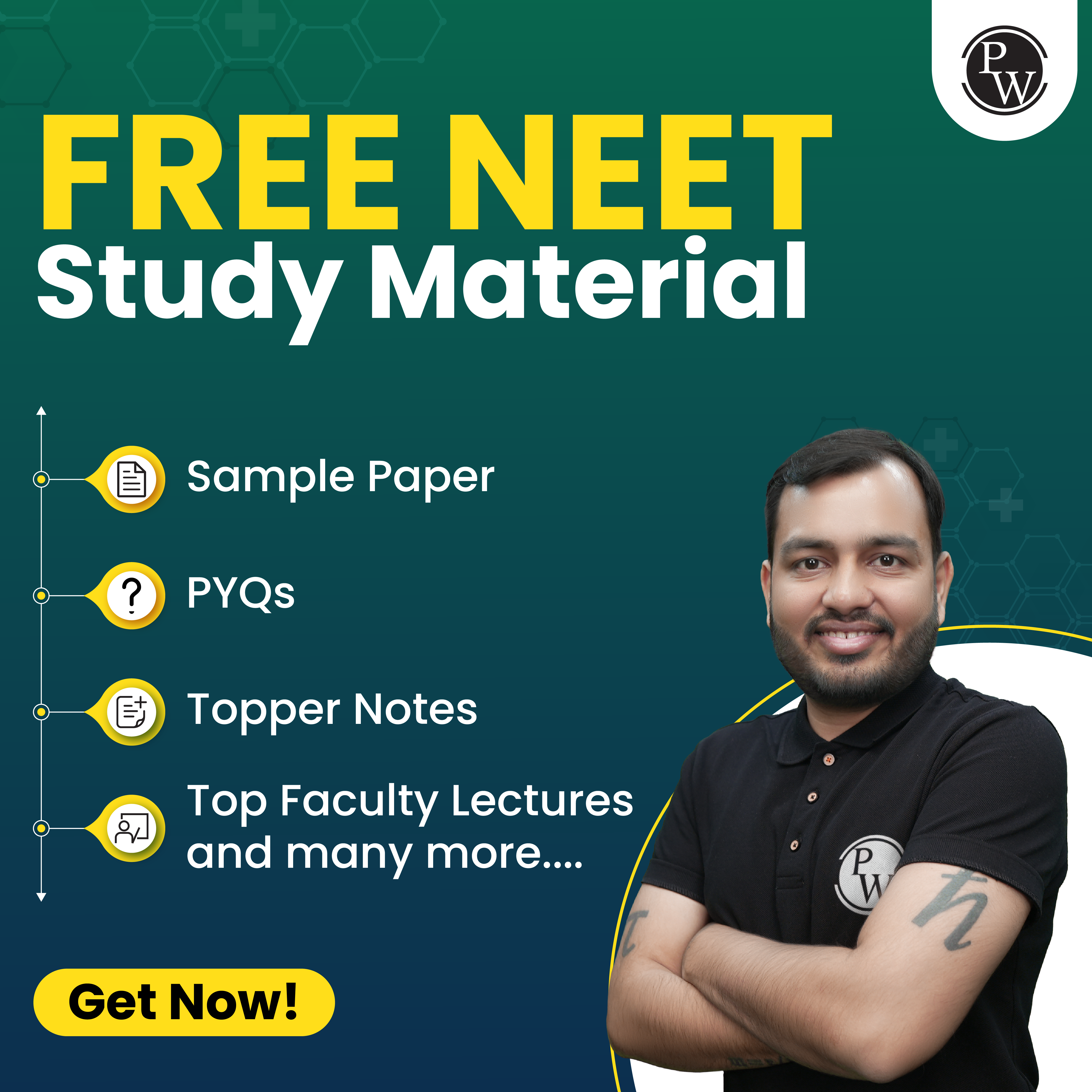
Structure of Atom Important Questions for NEET 2025 PDF
PW have created a PDF containing practice questions and their detailed answers for the Structure of Atom Important Questions for NEET . This PDF will help you analyze your preparation after practicing the questions. The PDF is designed to improve your confidence and accuracy for NEET 2025. You can download it and practice offline whenever needed.
| NEET Exam Important Links | |
|---|---|
| NEET Syllabus | NEET Biology Notes |
| NEET Eligibility Criteria | NEET Exam Pattern |
| NEET Previous Year Question Papers | NEET Biology Syllabus |

